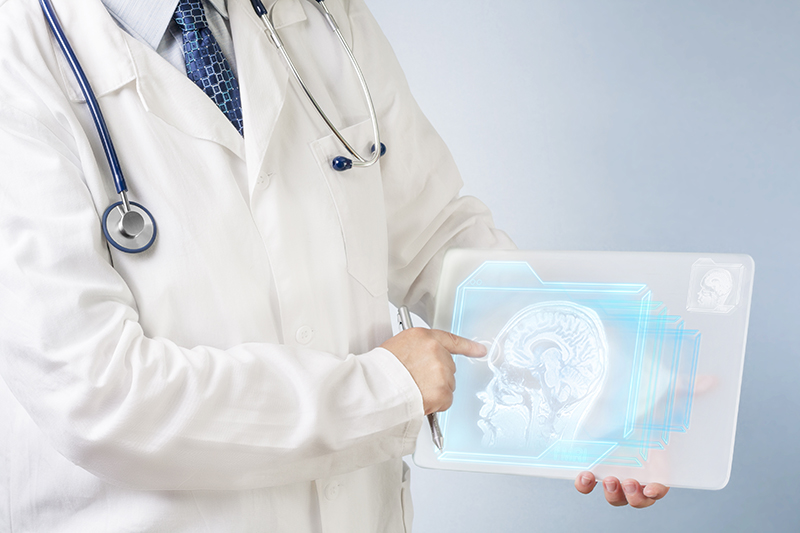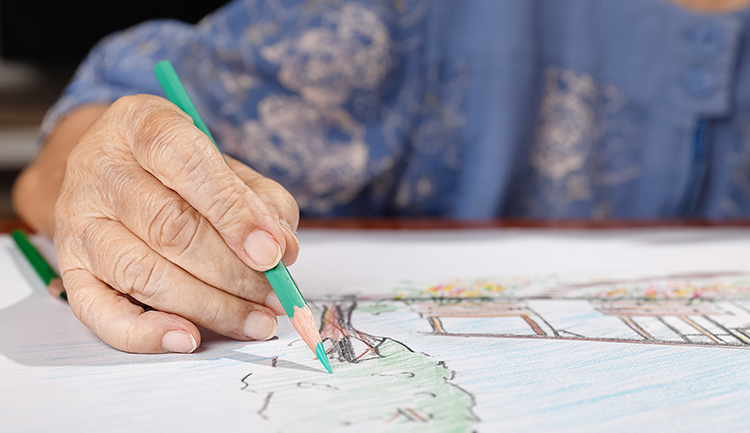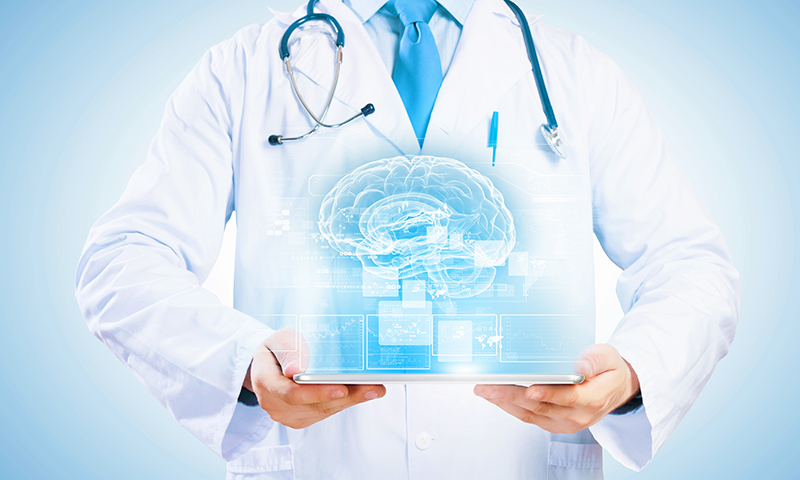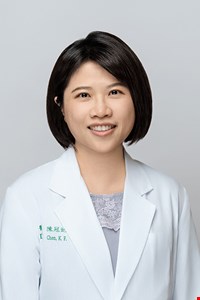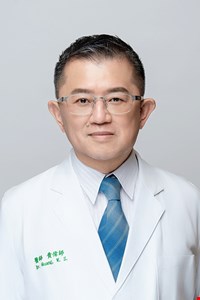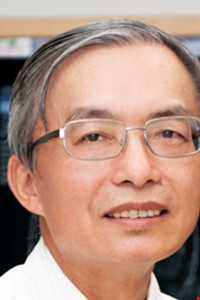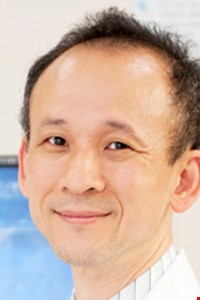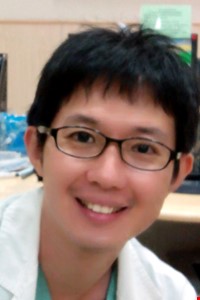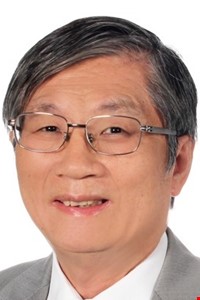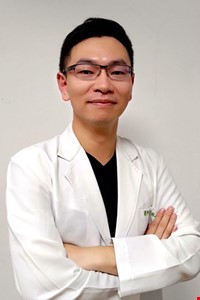Stroke Center
Stroke Center
Department Introduction
The CMUH Stroke Center was founded in March 2007, and combines the expertise of physicians from the Departments of Neurosurgery and Neurology, Emergency, Radiology, Rehabilitation, Traditional Chinese Medicine, Cardiology, Hyperbaric Oxygen, Nursing, and Nutrition. The purpose is to provide the most advanced medical technology and equipment for curing or preventing brain damage. Besides actively cooperating with each other, department members, forming what we term “Holistic-Person Omnibearing Stoke-Care Teams,” devise personal treatment plans for each stoke patient.
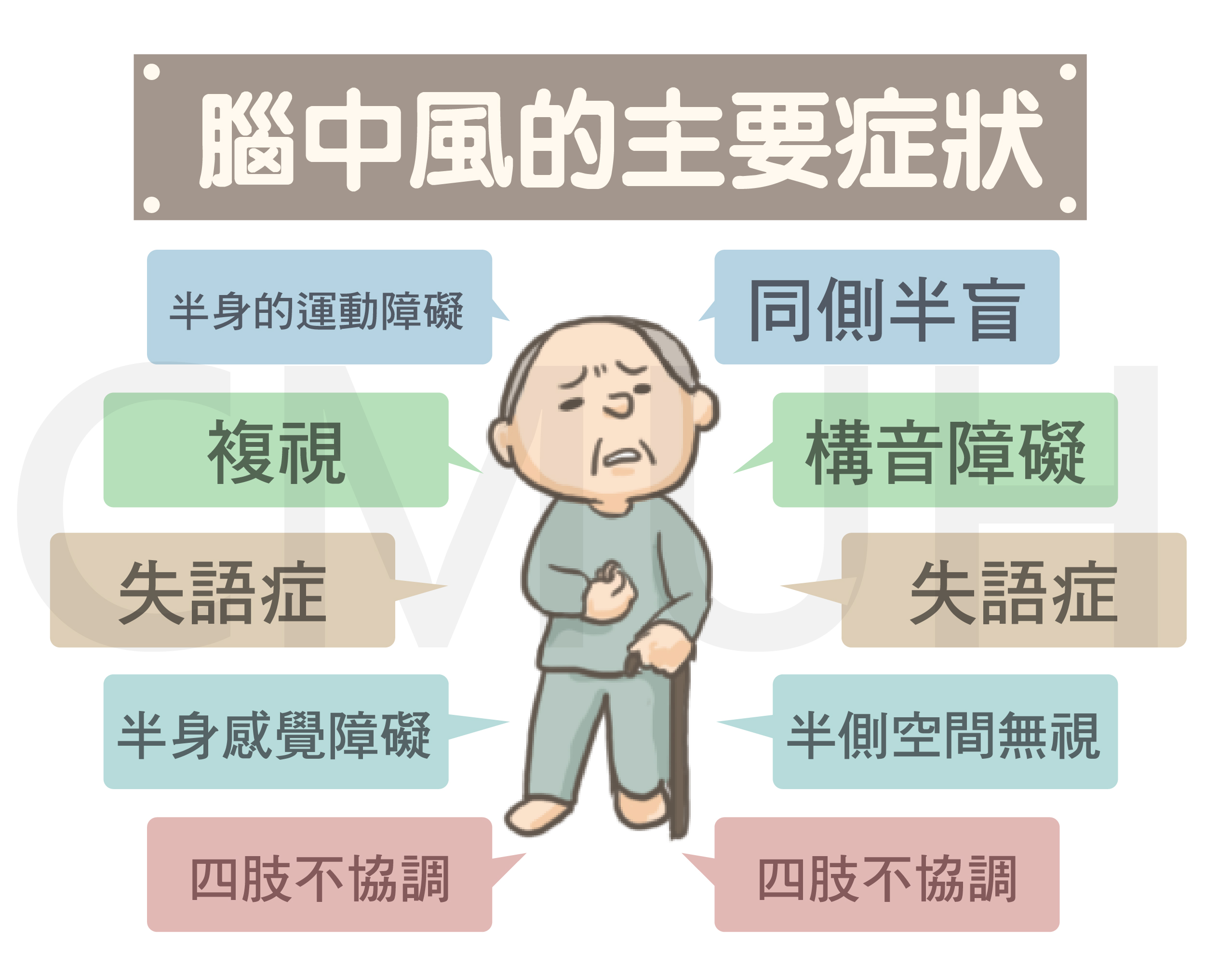
Other than our clinical services, we are enthusiastically promoting our best clinical tests for use in diagnosing and treating stroke across the world and are always seeking to synchronize our techniques with those in other countries, such as tests for acute brain infarction with thrombolytic agents, cerebrovascular anastomosis in prevention of stenosis and infarction, astragalus root curing acute subarachnoid hemorrhage, etc.
The Stroke Laboratory has also achieved very thorough researches, including the fundamental researches related to animal-based brain infarction and cerebral hemorrhage, and establishment the animal model of cerebral hemorrhage.
In Taiwan, the first death cause is cancer, followed by stroke. There are about 12,000 people died of stroke every year, and 1 person per 40 minutes in average. It is the leading cause of disability for people who are 65 years old or elder. The CMUH develops the holistic stoke cares in the cutting-edge innovative medical treatments integrated with the Departments of Neurosurgery, Neurology and Radiology for the cerebral hemorrhage or brain infarction. In the acute period, for example, the IV-tPA is used for a cerebral ischemic patient mainly within the first 3 hours, and the IA Thrombectomy is used for a cerebral ischemic patient mainly after the first 3 hours, in order to rescue the brain cells and to relief the injury. The traditional Chinese medicine, acupuncture, rehabilitation, hyperbaric oxygen and other treatments are used to reduce brain cell damage and to improve resilience while the brain monitoring is used actively to reduce brain oxygen consumption and brain temperature to preserve damaged brain cells. In the subacute period, the positive and integrated orthopedic care is immediately provided to each patient within the prime treatment period depending on the degree of incontinence. The establishment of post-acute care is expected to decrease the cost of successive hospitalization, to reduce the burden of family and social care drastically and to link the long-term care service seamlessly. In the chronic period, the angioplasty with stent placement or blood vessel connection is used to increase the cerebral perfusion and to avoid the recurrence of brain infarction for the chronic stroke sequela. In addition, an Integrated Care Clinic is set up to practice the health education to prevent further stroke, such as the educations of blood sugar, blood pressure, blood lipids, smoking cessation and weight loss, and to monitor the correctness of anticoagulant and antiplatelet treatments. Brain stroke prevention and control activities are conducted regularly to extend the treatment of stroke from the acute period to the prevention period, in order to rescue and treat more patients with cerebral infarction. The CMUH Stroke Center improves the clinical and economic efficiency of stroke care constantly, focuses on patient-centered and integrated treatment and provides the matrix care across the time in the longitudinal axis and the departments in the horizontal axis so that it is called the Holistic-Person Omnibearing Stoke-Care Stroke Center.

